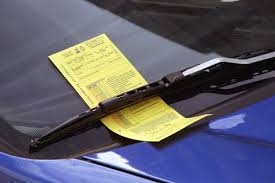 December 2023
December 2023
Most residential parking spaces are not designed to accommodate oversize vehicles.
Larger vehicles can stick out beyond concrete pillars of the parking spot and obstruct roadways. Passing vehicles may be unable to make turns, see beyond the obstruction or safely pass through. Similar problems arise when an individual stores a second vehicle such as a motorcycle, trailer or boxes behind their vehicle.
Wider or poorly parked vehicles may impede passage or access to another vehicle.
It is reasonable for condo documents to require that any parked vehicle fit within the boundaries of the parking spot. Residents can be restricted from storing anything other than a single vehicle in an individual parking space.
A typical restriction in the declaration may be “The Owners of Parking Units must not permit any portion of any motor vehicle parked within a Parking Unit to protrude beyond the boundaries of the Parking Unit. No vehicle may encroach upon any portion of the Common Elements or upon any other Unit.”
Condominium corporations can regulate the number, size and possibly type of vehicles allowed to park at the condominium through its declaration or rules, and enforce compliance with these governing documents. They may choose to allow or disallow the parking of multiple vehicles within the same parking space; and restrict the parking of commercial, heavy or industrial vehicles, and recreational vehicles such as kayaks or RVs. In short, they can restrict the size of a vehicle to fit in the parking space.
Similar to condo units, users of parking spaces should not impact on other spaces or common areas such as roadways.








